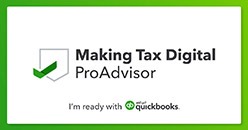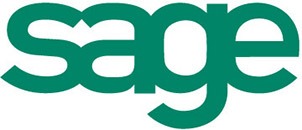Last week the Office for National Statistics (ONS) stated that the UK’s rate of inflation dropped to 7.9% in the year to June, which means the rate of price rises in the UK has slowed more than expected, down from 8.7% in May – although it still remains high. Falling fuel prices contributed to the drop, while food prices rose less quickly than in June last year. Experts are predicting that the Bank of England will increase interest rates by a minimum of a quarter per cent in August as they continue with their plan to get inflation down to 2 per cent.
With increased supplier prices, continued rises in interest rates, and high annual inflation, managing your business’s cash and understanding the flows is a vital tool in maintaining resilience and being able to adopt flexible strategies for success.
An example of recognising the importance of cash flows is Amazon. They recently launched a flexible financing programme that gives businesses access to funding linked to their sales, allowing them to repay as they earn. A merchant cash advance, delivered in collaboration with financing provider “YouLend” could provide a new flexible financing option for eligible UK-based businesses selling on Amazon.co.uk, which provides greater cash flow suppleness in addition to the fixed-term business loans already offered by Amazon Lending. We expect to see more businesses adopting “elasticity” arrangements with their customers in the future.
Cash flows are a reflection of all the cash that is flowing in and out of a business. Owners can look at the direction of the cash flows for insights about the health of specific products or services and overall market patterns.
No matter how inventive or simple your business model is, you can still have problems with cash flow and here are some of our thoughts on managing the flow of cash in your business:
The first stage of understanding and predicting how funds flow is to perform a health check on your accounts. Look at your latest profit and loss statement and check that your income is sufficient to cover your expenses. If your profit is falling behind your expenses and cash flow is slowing down you might need to take action. Prepare a funds flow statement so you know where the money goes.
Next create a yearly budget, look where cash could become tight and identify months where you can save to cover off the quieter times. Look at those quieter months and think about flexible work scheduling, new products or services, or other activities to tide you over.
Finally make sure you collect your money from those who owe you quickly. Reward customer loyalty by offering early bird discounts. Set credit limits and payment terms to ensure customers follow the rules. If you take on new customers, make credit checks. Penalise late payers and request up front deposits or payment (if appropriate).
Talk to us about preparing a funds flow statement and annual budget so that you can work on your business for maximum success!









